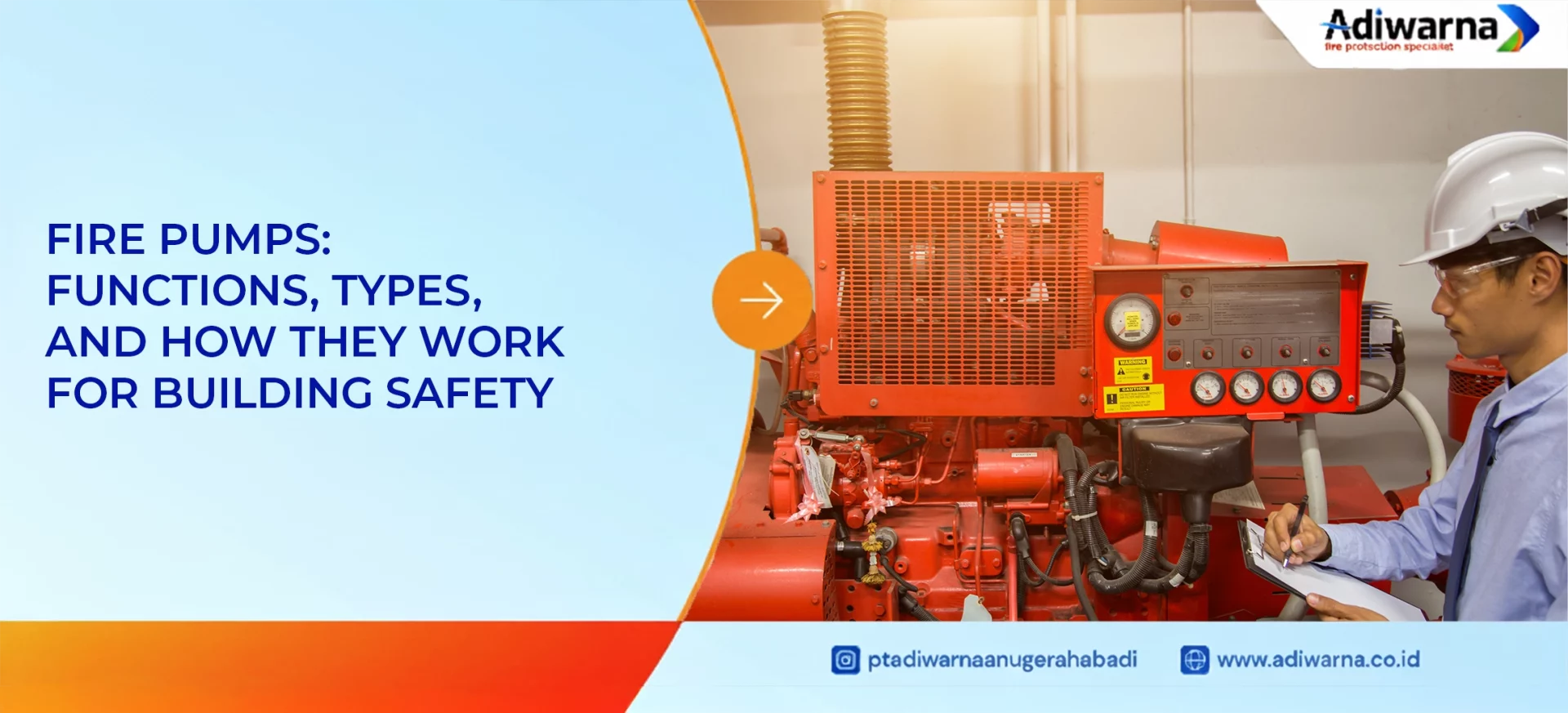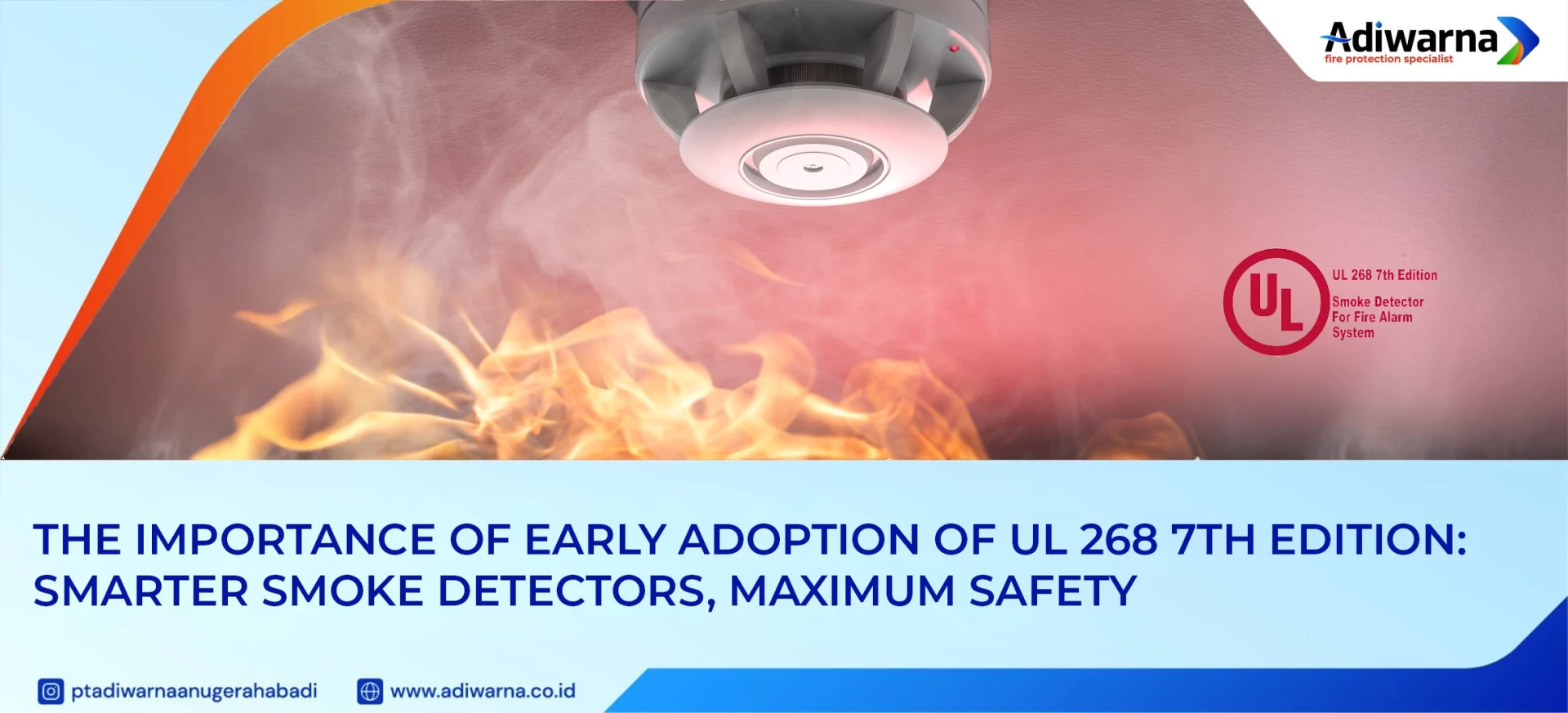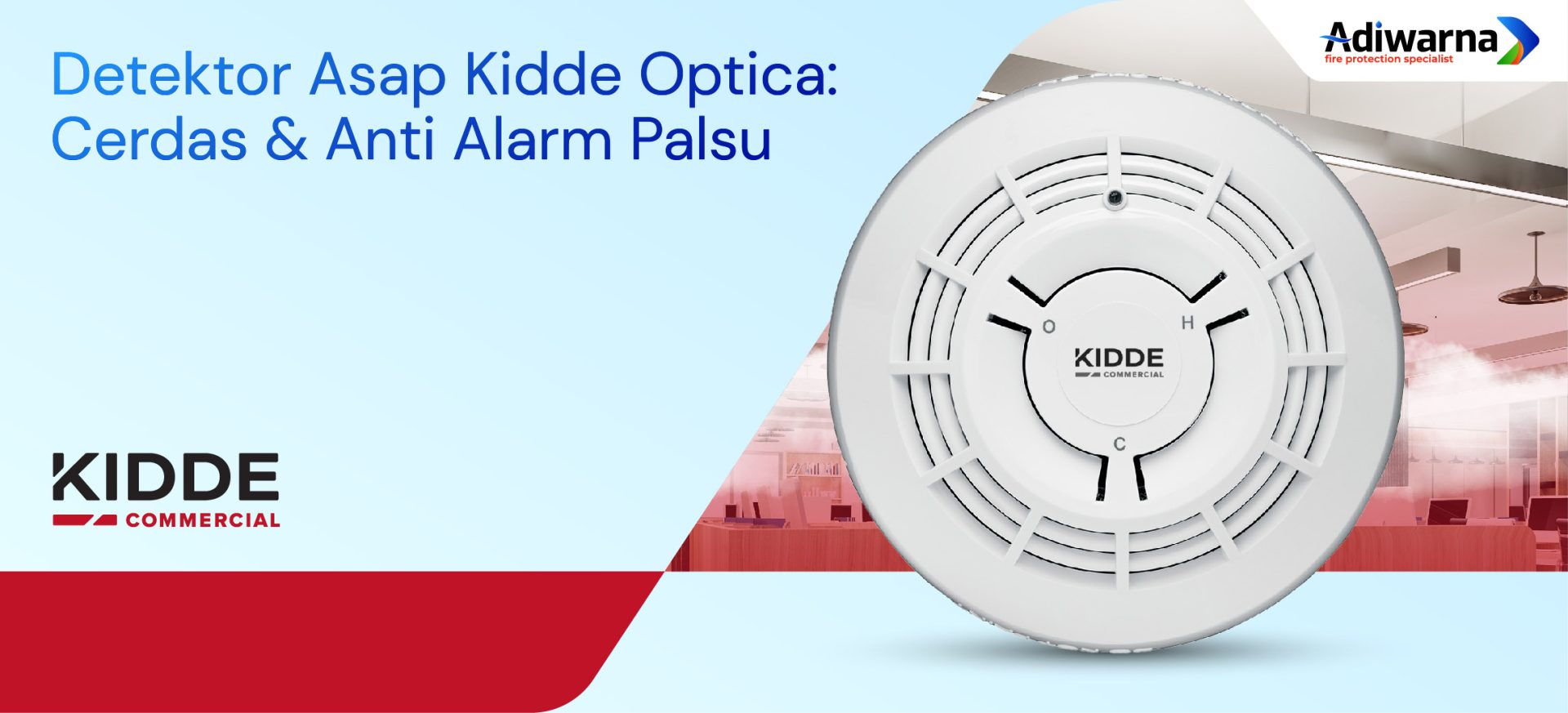Getting to Know 2 Types of Heat Detectors: Fixed and ROR
In a fire protection system, one of the most important components is types of heat detectors. This tool is designed to provide early warning of potential fires by detecting temperature changes in the surrounding environment.
Currently, there are several types of heat detectors commonly used, two of which are Fixed Temperature Heat Detector and Rate of Rise (ROR) Heat Detector. Each has its own way of working and advantages that are adjusted to the needs of a particular area.
This article will discuss the definition of heat detectors and the two main types of heat detectors, complete with their functions, advantages, and how they work.
What is a Heat Detector?
A heat detector is a device that detects a significant increase in temperature in a room, as an early indicator of a fire.
Unlike smoke detectors that detect smoke particles, heat detectors will give an alarm signal only when the temperature reaches a certain threshold or experiences a drastic increase in a short period of time.
Therefore, heat detectors are ideal for environments that have a lot of dust, steam, or other conditions that can trigger false alarms on smoke detectors.
This tool is very important in building safety systems because it can work effectively in the environment industry, mechanical rooms, commercial kitchens, and storage areas that have a fire risk.
Types of Heat Detectors
In general, there are two types of heat detectors that are most widely used in fire protection systems, namely Fixed Temperature Heat Detector and Rate of Rise (ROR) Heat Detector. Each is designed to respond to heat conditions with different detection methods.
Fixed Temperature Heat Detector
Fixed temperature heat detectors will activate the fire alarm when the ambient temperature reaches a certain programmed point, usually between 57°C and 77°C, depending on the type and model. These detectors do not take into account the speed of temperature rise, but instead focus on achieving a certain maximum temperature.
Superiority:
- Provides a stable response and is not easily triggered by momentary temperature fluctuations.
- It is suitable for use in areas with relatively stable temperatures such as storage rooms, industrial kitchens, or mechanical rooms.
- It has a simple and durable structure, ideal for dirty, dusty or steamy environments.
- Less risk of false alarms compared to detectors that are more sensitive to temperature changes.
This type of heat detector works optimally in situations where the temperature increase occurs slowly but consistently, giving a signal only when the threshold has been reached.
Rate of Rise (ROR) Heat Detector
ROR heat The detector functions to detect rapid temperature spikes, usually more than 6°C to 8°C per minute. This detector is equipped with two heat sensors: one to detect direct heat from the fire and one to monitor the background temperature of the room. The alarm will be activated if there is a significant temperature difference between the two sensors in a short time.
Superiority:
- Respond quickly to suddenly developing fires.
- Suitable for high-risk areas such as chemical storage rooms, logistics warehouses, or industrial facilities.
- Provides faster early detection compared to fixed heat detectors in escalating emergency situations.
However, it should be noted that ROR heat detectors are less ideal for areas with daily temperature fluctuations unrelated to fires, as this can increase the risk of false alarms.
Understanding the differences and characteristics of each type of heat detector is essential in determining the most appropriate fire protection system for a building. Both fixed temperature and ROR heat detectors have advantages in certain situations, and their selection should be tailored to the characteristics of the area to be protected.
For proper and professional installation of heat detection systems, Adiwarna as a fire protection contractor is ready to provide the best solutions tailored to building needs.
With experience and expertise in planning and installing fire alarm systems, Adiwarna helps ensure optimal safety of assets and building occupants.







